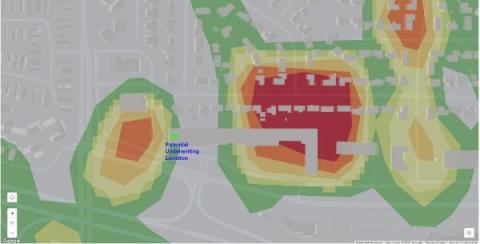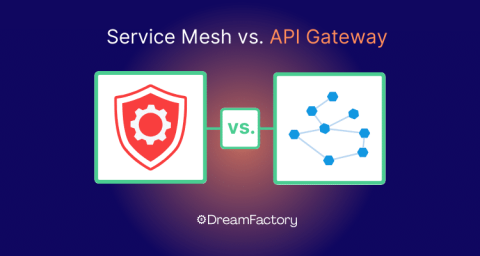Systems | Development | Analytics | API | Testing
Latest News
Overview of Cloud storage for your data platform
One of the most important questions in architecting a data platform is where to store and archive data. In a blog series, we’ll cover the different storage strategies for Kafka and introduce you to Lenses’ S3 Connector for backup/restore. But in this first blog, we must introduce the different Cloud storage options available. Later blogs will focus on specific solutions, explain in more depth how this maps to Kafka and then how Lenses manage your Kafka topic backups.
The Key to Scalable Kubernetes Clusters | Load Test by Simulating Traffic
Discover how simulating heavy traffic based on real usage can accelerate and improve your load tests, and cut through complexity in your Kubernetes apps.
Delivering greater insights for insurance underwriters with BigQuery geospatial analytics
CNA worked with Google Cloud and several third-party data vendors to develop a solution to address challenges with underwriting flood risk assessment.
Generative AI vs. Large Language Models: What's the Difference?
What are the differences between generative AI vs. large language models? How are these two buzzworthy technologies related? In this article, we’ll explore their connection. To help explain the concept, I asked ChatGPT to give me some analogies comparing generative AI to large language models (LLMs), and as the stand-in for generative AI, ChatGPT tried to take all the personality for itself.
Solving 'Object Reference Not Set' Error
“Object Reference Not Set to an instance of an object.” Cast the first stone for those who never struggled with this error message as a beginner C# / .NET programmer. This infamous and dreaded error message happens when you get a NullReferenceException. This exception throws when you attempt to access a member. For instance, a method or a property on a variable that currently holds a null reference. But what does null reference exactly mean? What exactly are references?
Service Mesh vs. API Gateway | Understanding Key Differences
How to Visualize Data: 6 Rules, Tips and Best Practices
Where Are IIS Log Files Located? How to View IIS Logs on Windows & Azure
Discover where IIS log files are located on both Windows servers and Azure. This guide offers a step-by-step tutorial on how to locate and view your IIS logs, ensuring efficient troubleshooting and security audits. For a standard Windows Server, the default log location is: %SystemDrive%\inetpub\logs\LogFiles If your IIS logs are not stored in the default location, follow these directions below to look up where they are currently being stored.











